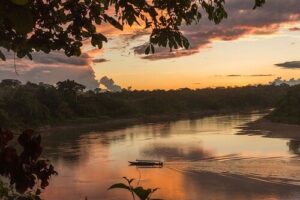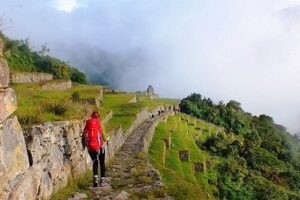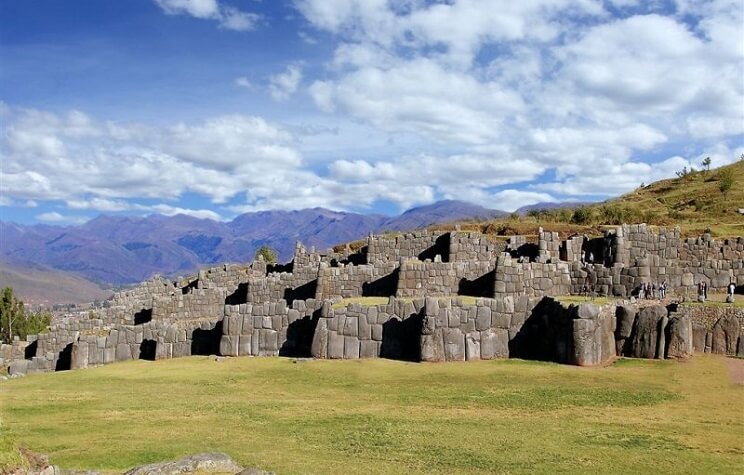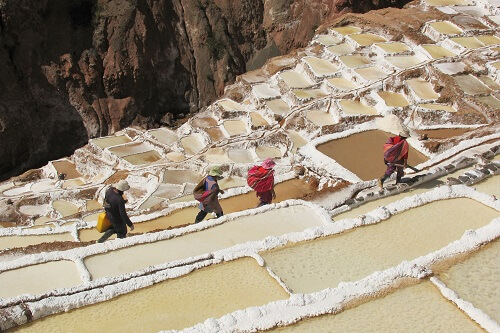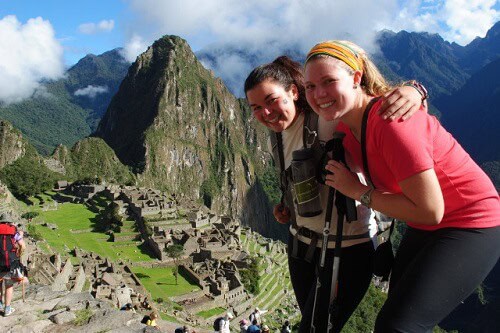The New Ways to Visit Peru: Exploring Beyond the Classics.
Peru, a country renowned for its rich history, diverse landscapes, and vibrant culture, continues to captivate travelers from around the world. While iconic sites like Machu Picchu and the Nazca Lines remain must-visit destinations, there are new and innovative ways to explore this fascinating country that offer fresh perspectives and unique experiences.
Sustainable Tourism Initiatives
One of the most significant trends in travel today is the emphasis on sustainability. Peru has embraced this movement with open arms, promoting eco-friendly tourism initiatives that help preserve its natural and cultural heritage. Travelers can now engage in activities such as:
Community-Based Tourism: Experience authentic Peruvian culture by staying with local families in rural communities. This not only provides an immersive cultural experience but also supports local economies.
Eco-Lodges: Stay in environmentally conscious accommodations that minimize their ecological footprint. These lodges often offer guided tours of nearby natural reserves, allowing you to appreciate Peru’s biodiversity responsibly.
Culinary Tours
Peru’s culinary scene has gained international acclaim, making it a prime destination for food enthusiasts. New culinary tours offer a delectable journey through the country’s diverse gastronomic landscape:
Lima’s Food Scene: Explore the capital’s vibrant food markets, take cooking classes with renowned chefs, and dine at world-class restaurants that showcase Peru’s culinary fusion.
Pisco and Wine Trails: Discover the regions of Ica and Pisco, where you can tour vineyards, learn about the production of Peru’s national drink, pisco, and enjoy tastings of fine wines and spirits.
Adventure and Outdoor Activities
For adventure seekers, Peru offers new and thrilling ways to experience its dramatic landscapes:
Mountain Biking in the Sacred Valley: Traverse the picturesque Sacred Valley on two wheels, passing through traditional Andean villages and breathtaking scenery.
Amazon Rainforest Expeditions: Embark on guided tours deep into the Amazon rainforest. Stay in jungle lodges, observe exotic wildlife, and learn about indigenous cultures from local guides.
Surfing in Northern Peru: The northern coast of Peru is becoming a hotspot for surfers, with its consistent waves and less crowded beaches. Towns like Mancora offer surf schools and laid-back beach vibes.
Cultural and Historical Explorations
New ways to delve into Peru’s rich cultural and historical tapestry include:
Alternative Inca Trails: Beyond the classic Inca Trail, there are lesser-known routes like the Salkantay and Lares treks that lead to Machu Picchu, offering stunning landscapes and fewer crowds.
Museums and Archaeological Sites: Discover newly opened or less-visited museums and archaeological sites, such as the Kuelap Fortress in the Amazonas region, often referred to as the «Machu Picchu of the North.»
Conclusion
Peru’s allure extends far beyond its well-trodden paths. By embracing new ways to explore this diverse and dynamic country, travelers can experience Peru’s beauty, culture, and adventure in fresh and exciting ways. Whether you’re drawn to sustainable tourism, culinary delights, outdoor adventures, or cultural explorations, Peru promises unforgettable experiences that will leave you longing for more.
Frequestly asked questions:
Q: What are some sustainable tourism options in Peru?
A: Peru offers several sustainable tourism options, including community-based tourism where travelers stay with local families in rural areas, and eco-lodges that minimize environmental impact and provide guided tours of natural reserves.
Q: What can I expect from a culinary tour in Peru?
A: Culinary tours in Peru include exploring Lima’s vibrant food markets, taking cooking classes with renowned chefs, dining at top restaurants, and visiting vineyards and distilleries in regions like Ica and Pisco for wine and pisco tastings.
Q: Are there alternative trekking routes to Machu Picchu?
A: Yes, there are several alternative trekking routes to Machu Picchu, such as the Salkantay and Lares treks. These routes offer stunning landscapes and a less crowded experience compared to the classic Inca Trail.
Q: What adventure activities can I do in Peru?
A: Peru offers a variety of adventure activities, including mountain biking in the Sacred Valley, Amazon rainforest expeditions, and surfing on the northern coast in towns like Mancora.
Q: How can I experience Peruvian culture authentically?
A: To experience authentic Peruvian culture, consider community-based tourism where you stay with local families, visit less-known archaeological sites like the Kuelap Fortress, and explore newly opened museums showcasing Peru’s rich history.
Q: What are the benefits of staying in eco-lodges in Peru?
A: Eco-lodges in Peru provide an environmentally conscious way to explore the country. They minimize ecological impact, often use sustainable practices, and offer guided tours that highlight the region’s biodiversity and cultural heritage.
Q: When is the best time to visit Peru for these new experiences?
A: The best time to visit Peru depends on your planned activities. The dry season from May to September is ideal for trekking and outdoor adventures. Culinary tours and cultural explorations can be enjoyed year-round, though some regions may have seasonal variations.
Q: What should I bring for an adventure trip in Peru?
A: For an adventure trip in Peru, pack comfortable hiking shoes, a waterproof jacket, insect repellent, sunscreen, a reusable water bottle, and any specific gear needed for activities like biking or surfing.
Q: Are there less-visited archaeological sites worth exploring in Peru?
A: Yes, in addition to Machu Picchu, sites like the Kuelap Fortress in the Amazonas region offer fascinating historical insights with fewer tourists, providing a more intimate exploration experience.
Q: How can I support local communities while traveling in Peru?
A: Supporting local communities can be done by participating in community-based tourism, purchasing locally made crafts and products, dining at local restaurants, and choosing tour operators that prioritize sustainable and ethical practices.
Related tours
